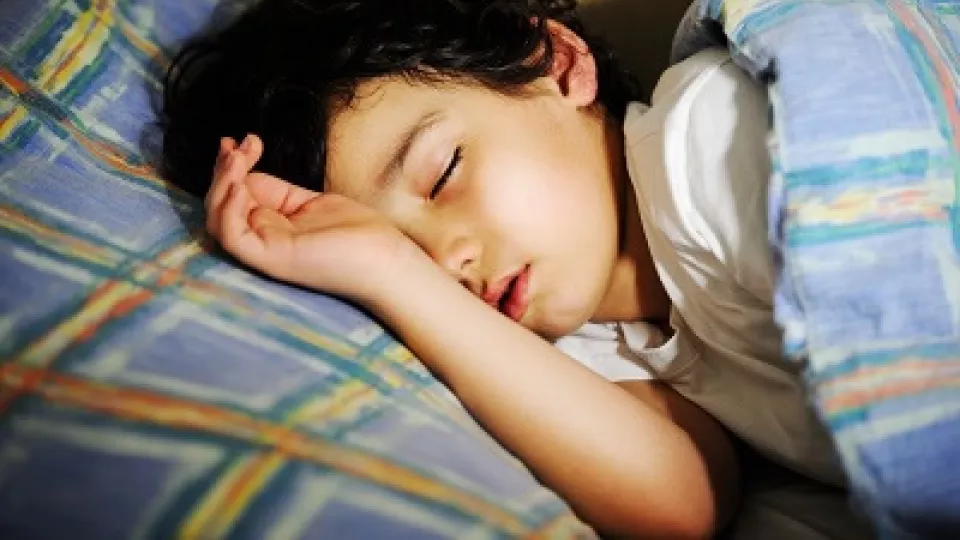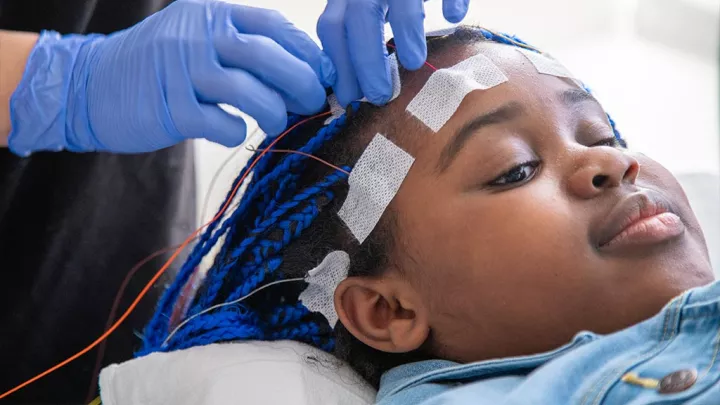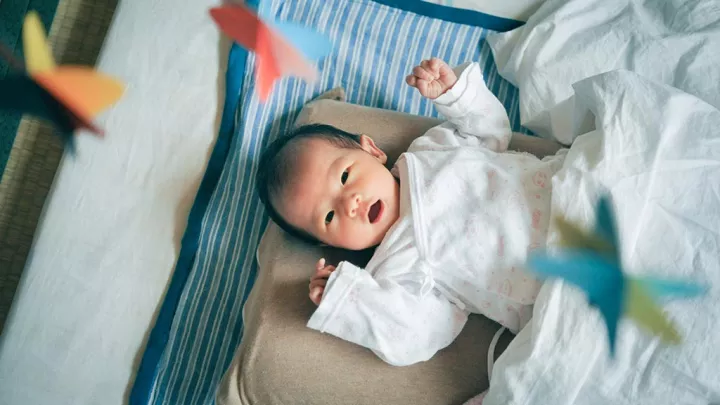
Do Kids with Sleep Apnea Need to Stay in Hospital Overnight after Sedation for MRI?
Children with sleep apnea may be at increased risk for overnight respiratory events (ORE) following anesthesia. But researchers at Children’s Hospital Los Angeles (CHLA) wondered if the practice of hospitalizing a child overnight following sedation for certain non-surgical events was necessary. So they undertook a study to look at hospitalizations of kids who were sedated for magnetic resonance imagining (MRIs) at CHLA. Their goal was to assess risk factors in children with sleep apnea and develop more accurate predictive models for identifying high-risk patients.
According to the American Thoracic Society Obstructive Sleep Apnea symptoms in kid, just like in adults, include snoring that is often associated with a pause in breathing for at least 10 seconds – time during sleep when air cannot normally flow into the lungs. It is estimated to affect between one and six percent of children.
Because these patients may have respiratory problems during sedation for procedures, or even well afterwards, doctors generally recommend overnight observation after surgery. However, sedation for non-surgical procedures in increasing, even in the absence of quality evidence on the risks for and frequency of adverse effects.
In 2011, a consensus group of anesthesiologists and pulmonologists at CHLA determined guidelines for non-invasive procedural sedation in children with sleep apnea. For kids undergoing imaging studies, the panel recommended admission for those with severe sleep apnea or apnea in the presence of a comorbidity such as obesity, craniofacial anomalies, severe asthma or congenital heart disease.
Looking at 1,407 hospitalizations for children with sleep apnea that occurred at CHLA between 2011 and 2015, the researchers – led by Margaret J. Trost, MD, of the Division of Hospital Medicine – found that 96 of them were admitted for observation following sedated MRI, in accordance with these guidelines.
“We questioned if, given the level of resources required on the part of hospital physicians to monitor these children overnight as well as the stress on families, it was necessary to admit all kids with sleep apnea,” said Trost. “Our hypothesis was, since ORE is a rare event, perhaps some of these hospitalizations were unnecessary and could be avoided.”
Their retroactive study of these 96 children showed that only 10 percent experienced an ORE.
The CHLA researchers, who are also affiliated with the Keck School of Medicine of the University of Southern California (USC), found the potential to avoid 90 percent of such admissions by using more predictive risk models. The results of their study suggest such risks may be found in pediatric patients who are older, and more complex patients with very high apnea-hypopnea index or AHI (which is represented by the number of pauses in breathing of at least 10 seconds that occur per hour during sleep and are associated with a decrease in blood oxygenation).
“Our conclusion is that review of AHI, anesthesia complications and use of at-home use of non-invasive positive pressure ventilation, or NIV, in these kids may help hospitals target those at higher risk and avoid unnecessary overnight hospitalization following MRIs,” said Trost.
For more information on sleep apnea in kids, go to https://www.chla.org/obstructive-sleep-apnea
Image courtesy of Shutterstock


